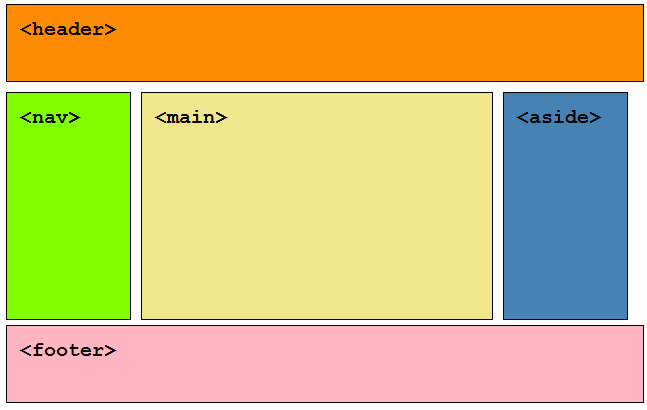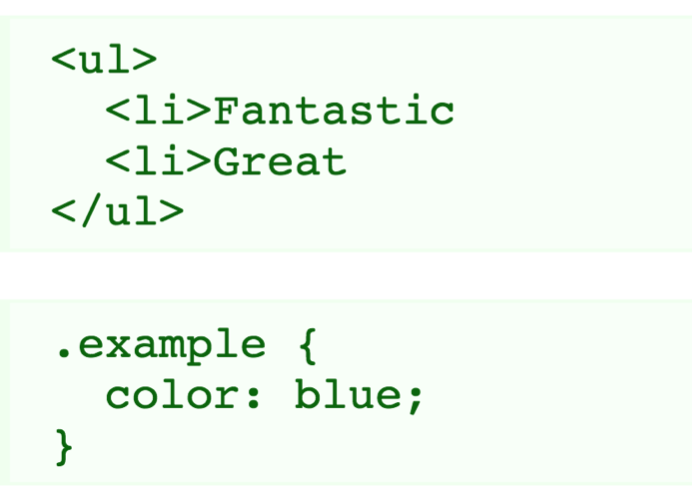
Both HTML & CSS continue to evolve. Understanding where it is going is part and parcel of becoming a programmer. Here we look a some aspects of the history of HTML, including some major milestones in its evolution.

Central to a well design site is a clear and understandably navigation structure. This must easily allow the user to explore the site, provide sufficient context such that the user knows where they are at any stage, and do this in a visually pleasing and efficient manner.

HTML5, the latest version of the standard, introduced a range of new elements. Among the most interesting are the so-called 'semantic' elements. These attempt to re-examine the proliferation of DIVs in html, and proposed an alternative vocabulary that would better reflect the purpose of many of these DIVs

A review of some of the guidelines from the Google HTML/CSS style recommendations.

Restructure the output of the last lab to participate in a tabbed navigation structure, and then produce a simple application mockup using these techniques. Do this by introducing a simple tabbed design into the site to provide the user with the visual metaphor for navigation. We then 'wire-up' these tabs to lead the user through the site. We will do this twice: once for the example content we laid out in last weeks lab. Then we will apply this to the app store site, using the same CSS rules.

Explore a web site that embodies many of the techniques we have explored so far. In the lab the web is evolved from unstyled content to a reasonably elegant and clean design - using semantic html element where appropriate.